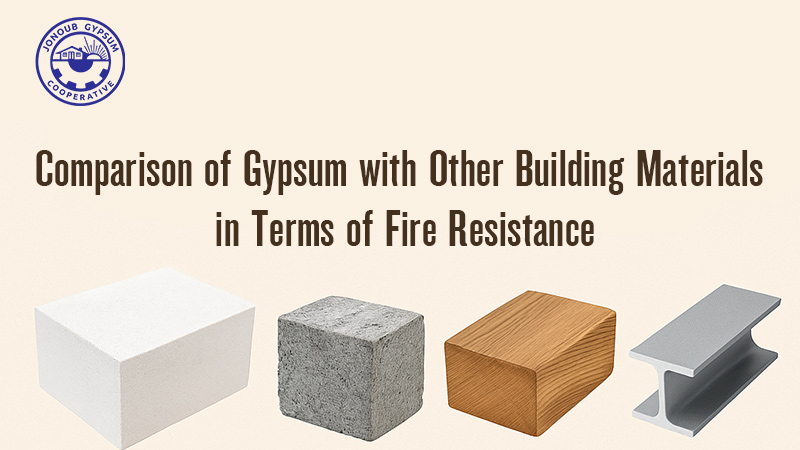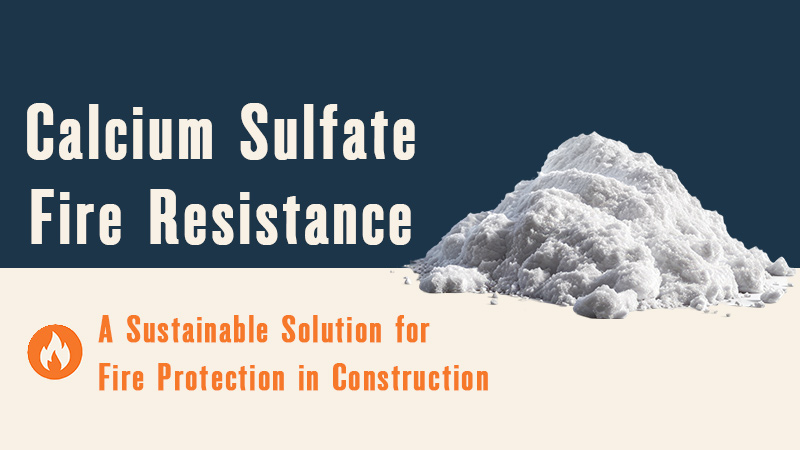
Chemical test for gypsum
Gypsum is a widely used nonmetallic mineral with various industrial, agricultural, and construction applications. Chemically, gypsum is calcium sulfate dihydrate (CaSO₄·2H₂O). Identifying gypsum accurately is essential in different fields, including construction, agriculture, and geology. Several chemical tests can be performed to confirm the presence of gypsum and differentiate it from similar minerals. This article discusses the key chemical tests used to identify gypsum and analyze its purity.
1. Solubility Test
One of the simplest chemical tests for gypsum involves checking its solubility in water. Gypsum is slightly soluble in water, with a solubility of about 2.1 g/L at 25°C. To conduct this test:
- Take a small amount of the sample and place it in a beaker.
- Add distilled water and stir the mixture.
- Observe if the sample dissolves. Gypsum should dissolve partially, forming a slightly cloudy solution.
- If the sample completely dissolves, it may indicate the presence of another calcium compound, such as calcium chloride or calcium nitrate, rather than gypsum.
2. Hardness Test
The Mohs hardness test is a physical-chemical method that helps distinguish gypsum from other minerals. Gypsum has a Mohs hardness of 2, meaning it can be scratched with a fingernail but not by a copper coin. The test involves:
- Taking a clean piece of the mineral.
- Scratching it with a fingernail.
- If it leaves a visible scratch, it is likely gypsum.
This test, while not strictly chemical, is useful for preliminary identification.
3. Reaction with Hydrochloric Acid (HCl)
Although gypsum does not effervesce when exposed to dilute hydrochloric acid (HCl), as carbonate minerals do, it can still be tested using HCl in the following way:
- Place a small amount of gypsum in a test tube.
- Add a few drops of dilute HCl (10%).
- Observe if there is any reaction.
Unlike calcite (CaCO₃), which produces vigorous effervescence due to CO₂ release, gypsum remains unchanged. However, prolonged exposure to acid may cause partial dissolution of the gypsum, forming calcium chloride (CaCl₂), sulfuric acid (H₂SO₄), and water.
4. Sulfur Test with Barium Chloride
Since gypsum contains sulfate (SO₄²⁻), a confirmatory test for sulfate ions can be conducted using barium chloride (BaCl₂). The steps are:
- Dissolve a small amount of gypsum in distilled water.
- Add a few drops of barium chloride solution.
- Observe the formation of a white precipitate of barium sulfate (BaSO₄).
- The appearance of a white, insoluble precipitate confirms the presence of sulfate ions, indicating gypsum or another sulfate-containing mineral.

5. Heating Test (Loss on Ignition Test)
Gypsum loses its water of crystallization upon heating, making it an excellent candidate for a thermal decomposition test. This test involves:
- Placing a small amount of gypsum in a crucible.
- Heating it gently with a Bunsen burner.
- Observing the release of steam (water vapor) as the gypsum converts to anhydrite (CaSO₄).
The loss of water can be further confirmed by measuring the weight before and after heating. The expected mass loss corresponds to approximately 20.9% of the initial weight, which matches the two water molecules per gypsum formula unit.
6. X-ray Diffraction (XRD) Analysis
For highly accurate identification, X-ray diffraction (XRD) is used in laboratories. This method involves:
- Grinding the sample into a fine powder.
- Exposing it to X-ray radiation.
- Analyzing the diffraction pattern obtained.
The diffraction peaks correspond to the unique crystalline structure of gypsum, making it a definitive test.
7. Infrared Spectroscopy (FTIR Test)
Fourier-transform infrared (FTIR) spectroscopy can confirm gypsum through its characteristic absorption bands. The test involves:
- Preparing a fine powder sample mixed with KBr.
- Scanning it in an infrared spectrometer.
- Identifying key absorption bands at ~1150 cm⁻¹ (S=O stretch) and ~3400 cm⁻¹ (O-H stretch of water).
These spectral peaks confirm the presence of sulfate groups and bound water in gypsum.
8. pH Test
Gypsum is neutral to slightly alkaline when dissolved in water. The pH test is performed as follows:
- Dissolve a small quantity of gypsum in distilled water.
- Measure the pH using a pH meter or pH paper.
- The pH should be close to neutral (around 6-7).
This helps differentiate gypsum from acidic sulfates like aluminum sulfate.
Conclusion
Among standard testing methods, chemical tests for gypsum are essential for confirming its presence and purity in industrial and geological applications. Simple tests like solubility, hardness, and acid reaction provide quick preliminary identification, while more advanced techniques like XRD and FTIR offer definitive results. Combining multiple methods ensures reliable gypsum detection, helping industries maintain quality standards and efficient material usage.






